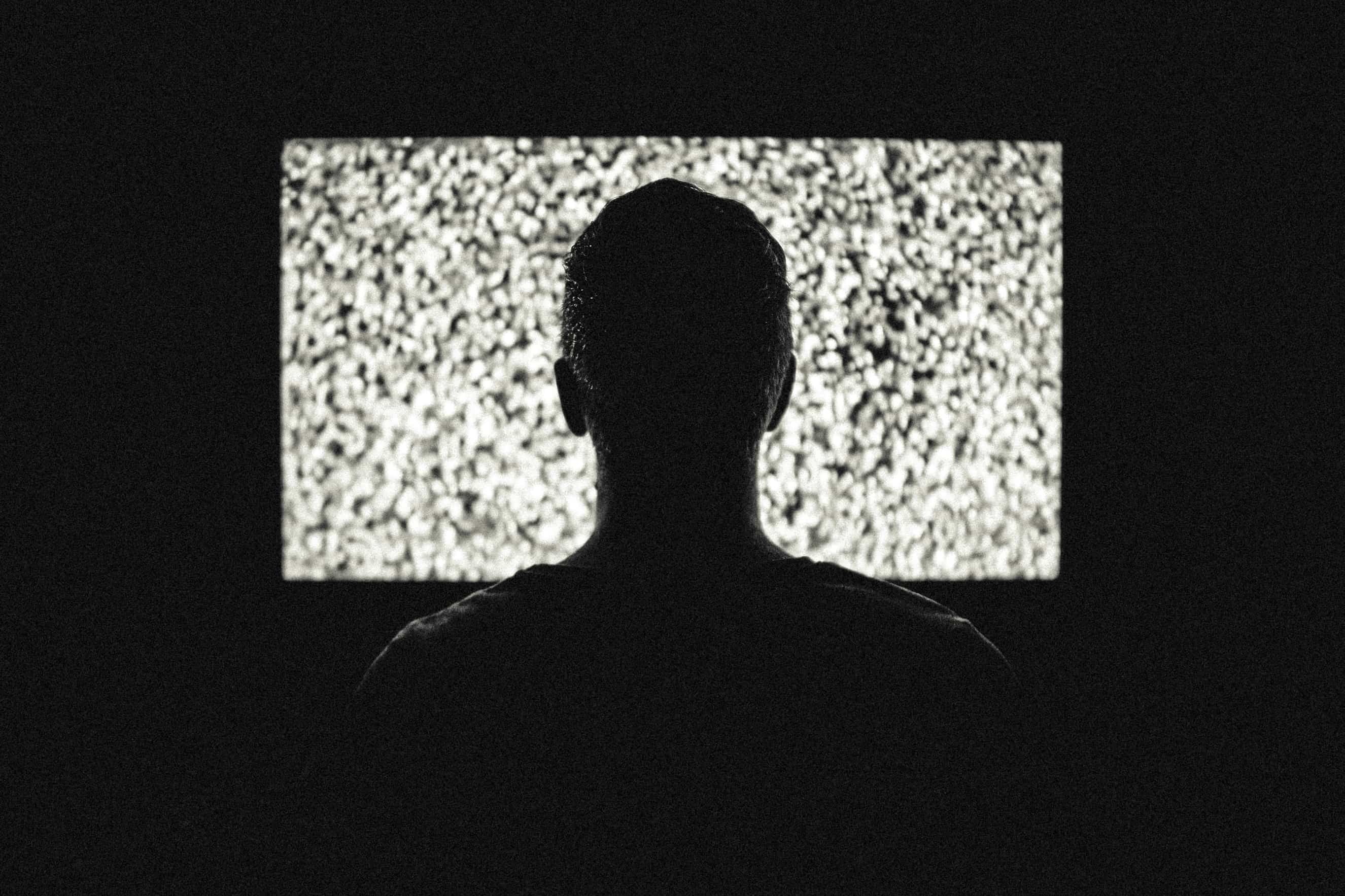‘White noise’ is a random signal with equal intensity maintained at multiple frequencies; the sounds of a blow dryer, a dead channel, muffled voices, or a fan are all examples. If you pause for a moment and listen to the dull hum of the outside world, that is an example of white noise. It has a storied history in multiple disciplines, from music engineering to statistical forecasting. It has also been used as a tool for artists, activists, and those who desire a good night’s sleep.
On October 17, Merzbow’s album Pulse Demon, an example of noise music, was played to disrupt a rally on campus. The resulting effect was divisive: some supported the move and others found it offensive. It also left some wondering what constitutes the many ambiguous sounds that we recognize as white noise.
White noise, by nature, affects everyone differently. It’s also nothing new. Depending on what one considers white noise, like muffled voices, its origins date back to the beginning of humanity. Contemporary examples land around the rise of telecommunications and manufactured electronic signals, such as radio and television, which gained prominence in the mid to late nineteenth century.
When Marcel Duchamp signed ‘R.Mutt’ on a urinal in 1917 and called it art, he effectively ushered in the era of post-modernism and its use of ready-made items. White noise — and more specifically, white noise machines — gained popularity for their powerful metaphorical significance, which alludes to ideas surrounding the randomness of the world and the disconnect many experience from it.
Over the years, white noise has been anything but static and has evolved in unexpected ways. Noise music originated in Italy when Futurists composer Luigi Russolo published L’Arte dei Rumori or The Art of Noises in 1913. The manifesto discussed how the industrial revolution had allowed humans to distinguish, understand, appreciate, and utilize complex sounds. The result was a genre that creates experimental music by using non-musical vocal techniques and a variety of unconventional instruments, like sound machines that produce hisses, static, distortion, and feedback.
Using white noise as a protest is not unusual. Probably the most recognizable example of white noise is the dead channel, also known as a ‘broadcast signal intrusion.’ This happens when a satellite signal is disrupted, sometimes by technical difficulties, other times intentional. One famous example occurred in 1986, when a local hero calling himself ‘Captain Midnight’ hijacked HBO’s satellite feed in protest of their exorbitant fee of $12.95 per month.
Conversely, white noise is often cited as an effective sleep aid. Most high-end alarm clocks feature a ‘white noise mode’, and there are many videos around the web that play white noise for sleep. Baby monitors are fitted with white noise, the assumption being that the ambient background noise brings peace and calm.
Since white noise is essentially a distorted signal, it takes a physical form whenever a picture or electronic image is unable to stabilize — a grainy, black and white pixelated image or speckles on a screen. Considered to be one of the earliest surviving examples of a photograph, “View from the Window at Le Gras” (1827) contained mostly white noise since the technology to accurately capture and stabilize light was still developing.
White noise is often used as a trope throughout different media. Thriller movies, for example, often use white noise as a device to convey discomfort or agitation, like a dead television signal or an empty dial tone. Paranormal beings are usually only visible through a distorted screen, such as in The Ring. And sometimes it can become a character itself, like in Netflix’s Stranger Things when characters use ham radios that transmit high-frequency, crackling sound effects as they try to communicate with those stuck in the alternative reality called ‘The Upside Down.’
It is befitting that white noise has become a major part of pop culture without us even realizing it, since it does not desire centre stage. White noise is essentially humanity’s bass, forming the background beat that underscores our everyday lives.


